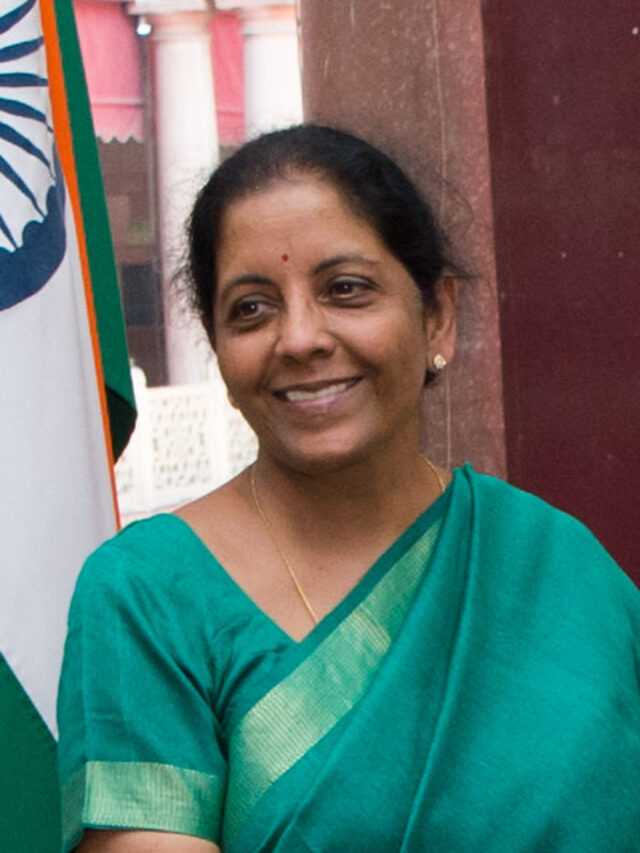A Hindu temple, often referred to as a “Mandir” in Sanskrit, is a sacred place of worship in Hinduism. These temples serve as spiritual, cultural, and community centers for followers of the Hindu faith. Here are some key aspects of Hindu temples:
### Architectural Features:
1. **Sanctum Sanctorum (Garbhagriha):**
– The central and most sacred part of the temple where the main deity’s idol or symbol is enshrined. Devotees offer prayers and perform rituals in this innermost sanctum.
2. **Shikhara (Tower):**
– The towering spire above the sanctum, often elaborately adorned with intricate carvings and sculptures. The shikhara is a prominent feature that symbolizes the connection between the earthly and divine realms.
3. **Mandapa (Hall):**
– A pillared hall in front of the sanctum where devotees gather for prayers and ceremonies. It serves as a congregation area and may have a platform for musicians and priests.
4. **Gopuram (Entrance Tower):**
– Ornate and often intricately carved towers at the entrance of the temple complex. Gopurams are grand structures that announce the presence of the temple from a distance.
5. **Prakara (Enclosure Wall):**
– A boundary wall that surrounds the temple complex, providing a sense of sanctity and delineating the sacred space from the secular.
6. **Murtis and Idols:**
– Temples house various murtis (icons) and idols representing different deities from the Hindu pantheon. Each deity has specific attributes and symbolism.
7. **Vimana:**
– The Vimana is the pyramid-like structure atop the sanctum, representing the celestial abode of the deity.
### Rituals and Worship:
1. **Puja (Worship):**
– Devotees perform pujas, a series of rituals involving prayers, offerings, and hymns, to seek the blessings of the deities.
2. **Arati (Ceremonial Waving of Lights):**
– A ritual in which lighted lamps or candles are waved before the deity, symbolizing the removal of darkness and the presence of the divine.
3. **Bhajans and Kirtans:**
– Devotional songs and chants are sung to praise and glorify the deities. Music is an integral part of Hindu temple worship.
### Festivals and Celebrations:
1. **Utsavas (Festivals):**
– Temples celebrate various festivals dedicated to specific deities. During these times, the temples come alive with colorful decorations, processions, and special rituals.
2. **Rath Yatra (Chariot Procession):**
– In some temples, elaborate chariot processions are organized, where the deities are taken in a chariot around the temple premises or the town.
### Community and Social Services:
1. **Community Events:**
– Temples serve as community centers where cultural events, educational programs, and social gatherings take place.
2. **Charitable Activities:**
– Many temples are involved in charitable activities such as providing food, healthcare, and education to the community.
### Spiritual Significance:
1. **Dharma and Moksha:**
– Temples play a vital role in reinforcing dharma (moral and ethical duties) and providing a path to moksha (liberation) through spiritual practices.
2. **Pilgrimage Sites:**
– Some temples are considered sacred pilgrimage sites, drawing devotees from far and wide.
Hindu temples embody the rich cultural, spiritual, and architectural heritage of Hinduism. They stand as places where devotees connect with the divine, find solace, and participate in a collective spiritual journey.










